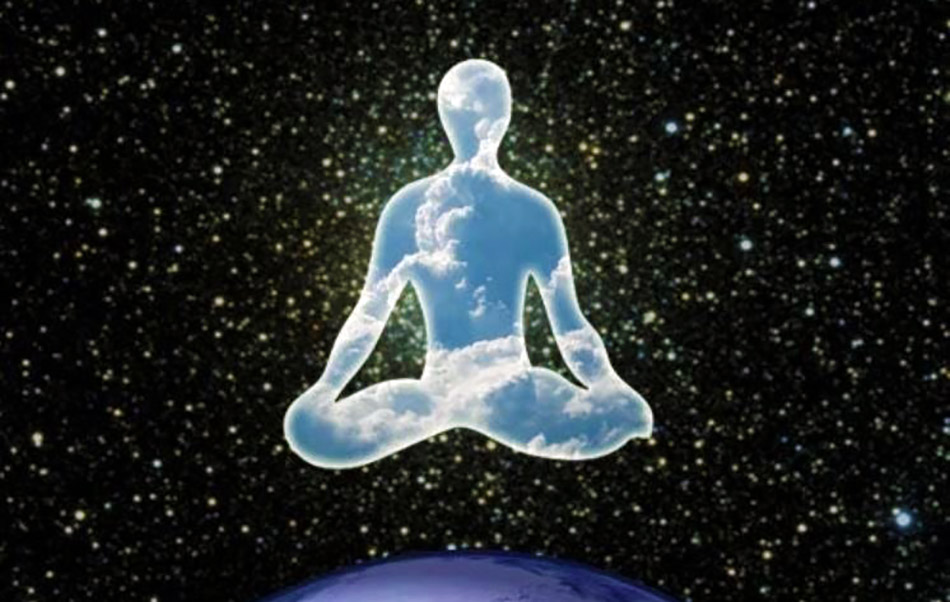From Fantasy to Fascination

We are moving into the third chapter of The Yoga Sutras of Patanjali with our Yoga Sutra Discussion Group (meets the last Sunday of every month at 11:00am live online). The third chapter of The Yoga Sutras is called “Vibhuti Pada”, the chapter that covers the “special powers” that are byproducts of a practice of the eight limbs of yoga. This chapter begins by explaining the integration of the last three limbs of the eight limbs of yoga, dharana (concentration), dhyana (meditation), and samadhi (total absorption). These three practices internally culminate in what is called samyama, the integration of deep knowledge and sensitivity of various aspects of our being that lead to experiences that initially seem fantastic and far fetched.
I remember the first time I read through this chapter and I was amazed and intrigued, but skeptical and surprised that these things even existed. And so, I let it go and continued practice and study, but over time came to realize that in extrapolation these experiences might not be as fantastical as I first thought. Gaining certain basic knowledge through my practice of yoga did actually lead me to believe that a full and complete knowledge of Self and all the layers and cells and energies that exist within and around us is possible. We just have to let go, pay attention, and do all the difficult work of concentrating the mind. We must develop such a fascination of the subject of yoga to be absorbed, taking us out of the realms of fantasy and into actual reality.
Our last discussion covered the first sutras in the third chapter that clarify the difference between the last three limbs of the eight limbs of yoga. In short, when we practice dharana (concentration), we are in the struggle to just keep bringing the mind back to one point of concentration over a certain period of time. For most of us who use the common term of “meditation” in the West, this is what we are attempting to do. WE are working to bring the mind to concentration as it might typically wander, and for most of us, we are VERY AWARE that this happens over some length of time.
Dhyana is the actual Sanskrit term for meditation and this state happens as a result of the difficult practice of dharana. We might experience dhyana in those moments where we are so concentrated that time disappears. We are focusing so completely that the mind has a steady flow in one direction without any disturbance.
Samadhi is the last listed limb of the eight and is known as the state of “absorption”. YOU disappear and merge with the object being meditated upon. Samadhi is a state without “I”, “me”, or “mine. For yoga, this is the UNION of Self we seek. If we are able to focus the mind upon our internal clear consciousness (purusa) devoid of time and distraction, we will merge with our own True Nature.
The next sutras we will discuss define samyama – the integration of dharana, dhyana, and samadhi – and hint at how this insight is used to gain the powers and knowledge of yoga. We also are reminded of the many layers of samadhi itself. It is not a “destination”, but a journey of many levels. To try to jump ahead we will miss so much knowledge needed, but equally, to dismiss the possibility of these byproducts and powers we might miss some glimpses of our own true potentials!!!
Yoga Sutra translations from Light on the Yoga Sutras of Patanjali by BKS Iyengar:
III.4 : These three together – dharana, dhyana, and samadhi – constitute integration or samyama
III.5 : From mastery of samyama comes the light of awareness and insight.
III.6 : Samayama may be applied in various spheres to derive its usefulness.
III.7 : These three aspects of yoga are internal, compared to the former five.
III.8 : Similarly, samyama is external when compared to seedless samadhi.
Join us for Discussion on May 30, 2021 at 11:00am – Still LIVE and on ZOOM !
